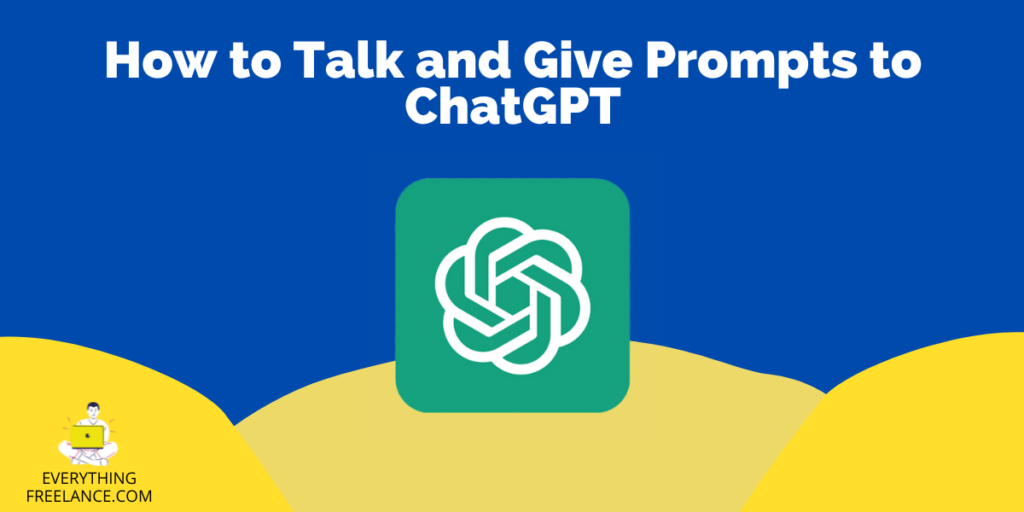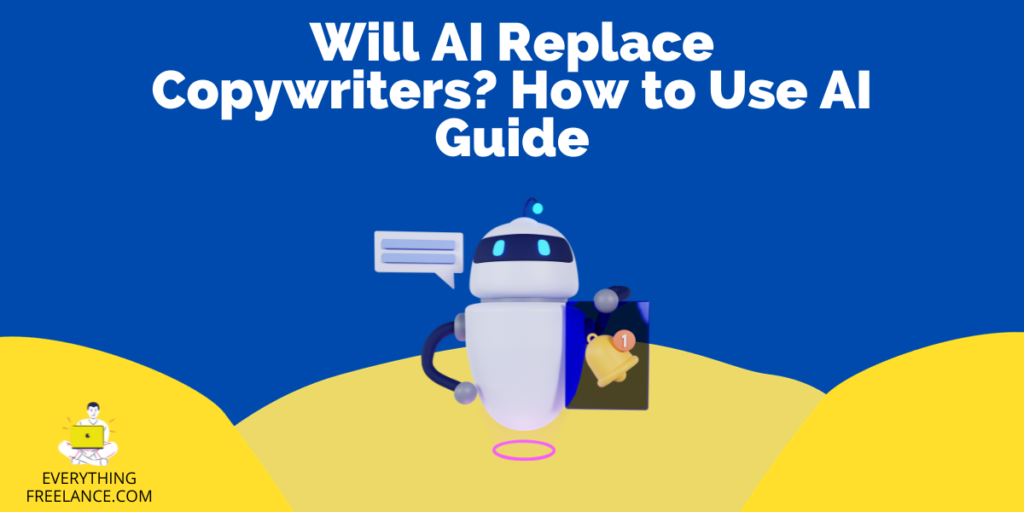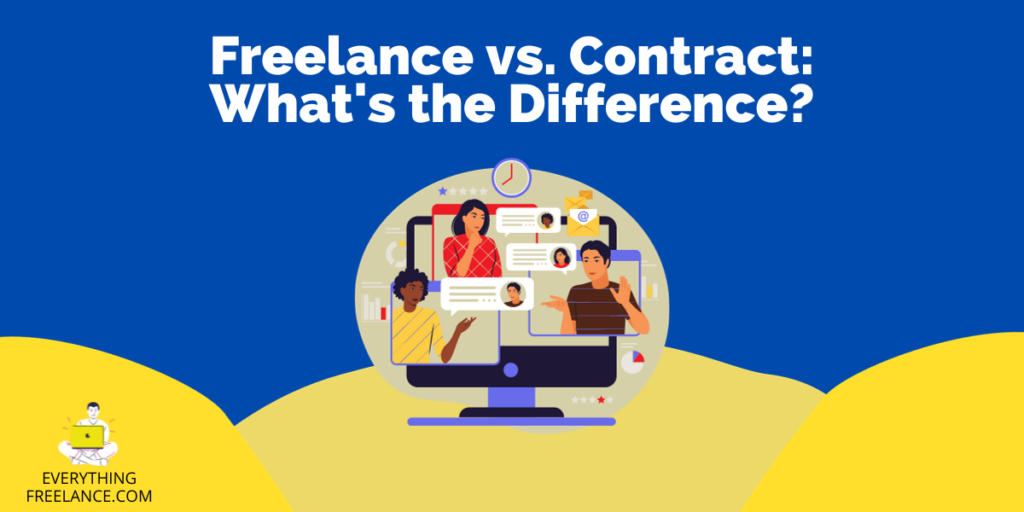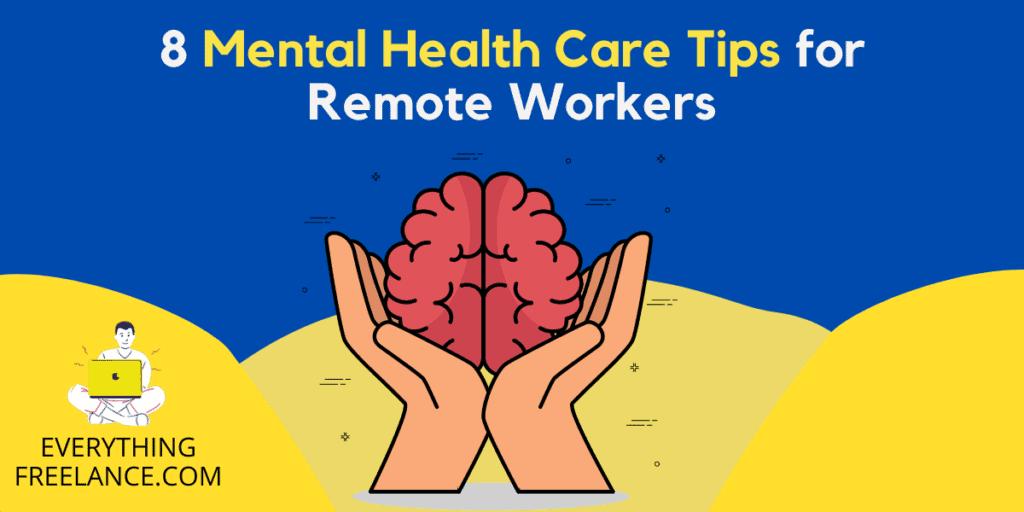GPT-3 is an AI system developed by OpenAI. It has revolutionized natural language processing, enabling developers to create interactive chatbots and virtual assistants that can carry out conversations in an engaging manner. GPT-3 is also used for tasks such as text classification, search, and clustering.
In this article, we’ll provide a guide on how to talk to GPT-3 so you can get the most out of the technology.
Importance of Knowing How to Talk to GPT-3
The first step in talking with GPT-3 is understanding what it can do. GPT 3 works on natural language processing (NLP), which means it takes human input and generates responses based on what it understands from the conversation. GPT-3 can:
- understand context
- generate responses much like a human would
- understand how to answer questions about large amounts of text
- synthesize answers into an interesting response
Knowing how to communicate with GPT-3 effectively can be incredibly valuable for individuals and businesses alike. GPT-3 is considered one of the world’s most advanced language models that can generate high-quality content, answer questions, and even carry out complex tasks.
To get the most out of this powerful tool, it’s important to understand how to ask the right questions, refine your prompts, and fine-tune your outputs. By mastering the art of talking to GPT-3, you can streamline your workflows, improve your productivity, and unlock new opportunities for growth and success.
Basic GPT-3 Conversation
Are you looking for a deeper understanding of how natural language processing technology functions? We’ll use this section to break down all the elements needed for a successful GPT-3 conversation.
Understanding the Input Format
If you’re interested in delving into the world of artificial intelligence and language models like GPT-3, then you must understand the input format for GPT-3 conversations. Essentially, this refers to how you structure and format your prompts or questions to the language model so that it can generate the most accurate and relevant responses possible.
The input prompt should give GPT-3 enough information to generate meaningful and relevant responses. This can include questions, statements, or even a partial sentence that you’d like GPT-3 to complete.
It’s important to keep in mind that the input format can greatly impact the quality and accuracy of the response. It’s crucial to take the time and craft a well-formulated prompt that is essential for a successful conversation.
Importance of Providing Context
Have you ever chatted with a computer program and felt like it was completely missing the point? Providing context is essential for successful GPT-3 conversations. Without context, the program may interpret your message in a completely different way than what you intended, resulting in awkward or incorrect responses.
GPT-3 needs to be fed enough context for it to understand the topic at hand. This can be particularly difficult if you’re asking complex or nuanced questions. To overcome this challenge, it’s important to provide GPT-3 with as much relevant information as possible about the topic, tone, and purpose of the conversation.
GPT-3 has several preset tones, ranging from friendly and conversational to professional and authoritative. GPT-3 also allows you to customize its tone of voice according to your needs. It’s important to remember that GPT-3 is a powerful tool, but it still requires guidance and direction to truly understand what you’re trying to say. After all, you are not talking to a human being, so be specific in your instructions.
Using Prompts and Examples
As AI technology advances, the interactions we have with it are becoming more and more natural. Another effective strategy for having successful GPT-3 conversations is using prompts and examples to connect with the language model’s responses. By doing so, we can help the AI understand what we want from it and how to respond in a meaningful and helpful way.
For example, if we ask GPT-3 for advice on cooking dinner, we could provide some prompts such as “I have chicken and vegetables. What can I make?” or “I need a recipe that is quick and easy.” By doing this, we can guide GPT-3 towards the type of response we are looking for and receive a helpful answer that is tailored to our needs. This approach can also help to build a more natural and engaging conversation that feels less robotic and more human-like.
Understanding the Response Format
Generative Pre-trained Transformer 3 uses deep learning to generate responses for a given prompt as close to those provided by humans. While the technology can generate coherent and accurate responses, it’s important to understand that it’s still an AI algorithm and may not always provide the desired result.
With that being said, GPT-3 offers endless possibilities for natural language processing and can be a powerful tool in various fields, from chatbots to content creation. By taking the time to understand the meaning behind GPT-3’s responses, you can avoid potential misunderstandings or miscommunications that could negatively impact the outcome of your conversation.
Interpreting the Response
Interpreting the response of GPT-3 Conversation can be a complex task, as it involves analyzing the context and meaning behind the generated text. Keep in mind that artificial intelligence like GPT-3 cannot always provide accurate or relevant responses.
When interpreting the response of GPT-3, it is important to consider the following factors:
- the context of the conversation
- the intent of the prompt
- the language used in the generated text
- the tone used in the generated text
Best Practices for Talking to GPT-3
For everyone looking to leverage this powerful tool in their communications, here we will look at best practices for talking to GPT-3. They are all designed to maximize the potential of this groundbreaking technology!
Building Trust and Rapport
When it comes to working with GPT-3, the key is to treat it as a partner, not a robot. While it is an advanced AI technology, it is in no way a replacement for human expertise and creativity. Instead, view it as a powerful tool to complement your skills. Unlock its full potential and achieve impressive results together. Talk to it like you would to a colleague, ask for its input, and give feedback.
Avoiding Bias and Offensive Language
When communicating, it’s important to use neutral language that can’t be misconstrued or interpreted offensively. By avoiding bias and offensive language, you can ensure that your message is received in the way that you intended it.
Providing Feedback and Corrections
As one of the most advanced language models in the world, GPT-3 is constantly learning and improving its accuracy. However, even the best machine learning algorithms need feedback and corrections to identify areas where they can improve. By providing feedback and correction, you can help GPT-3 learn and perform better.
Monitoring and Managing the Conversation
It is important to monitor and manage the conversation with GPT-3 to ensure that its outputs are appropriate, accurate, and aligned with your goals. By taking a proactive approach to managing conversations with GPT-3, users can harness the power of AI to drive innovation and enhance communication while also minimizing the potential risks and negative outcomes associated with unchecked or unmanaged use.
Future of GPT-3
The future of GPT-3 technology looks bright. There will be many exciting developments and trends on the horizon. One of the most significant trends is the increased use of GPT-3 in real-world applications, such as chatbots, virtual assistants, and content-creation tools. This is driven by the fact that GPT-3 has shown remarkable improvements in natural language processing and generation, making it capable of generating human-like responses to text-based inputs.
Another development in GPT-3 technology is the increasing focus on improving its interpretability and explainability. This is critical for building trust and transparency in the use of GPT-3 in various applications. This is particularly true in industries such as healthcare and finance, where the accuracy and reliability of information are crucial.
Moreover, there is a growing interest in developing hybrid models that combine GPT-3 with other machine learning techniques, such as reinforcement learning and unsupervised learning. As GPT-3 technology continues to evolve and improve, we can expect to see even more exciting developments and use cases emerge in the years to come.
Conclusion
GPT-3 is a highly advanced language model that can potentially revolutionize how we communicate and interact with machines. While it can generate impressively human-like responses, it is important to keep in mind its limitations and potential biases.
By understanding its capabilities and setting up the conversation accordingly, you can get the most out of GPT-3’s potential. You have a powerful tool at your disposal capable of generating interesting and accurate answers.
By following our guide on how to talk to GPT-3, you can maximize your interactions with this powerful technology. As GPT-3 continues to evolve and improve, various industries and applications, from virtual assistants to content creation tools, will undoubtedly be significantly impacted. However, it is important to approach this technology with caution and responsibility, using it to augment human intelligence rather than replace it.
FAQs
What is GPT-3?
GPT-3 is an AI-powered language model that can be used to generate natural and engaging conversations. It may be used for tasks such as text classification, search, and clustering. GPT-3 can be used for task-oriented conversations, such as customer service or virtual assistant interactions, or more general conversations, such as small talk with friends or getting advice from colleagues.
Is GPT-3 easy to use?
For effective use, GPT-3 requires some technical knowledge. It can be difficult to understand how GPT-3 works and what needs to be done to maximize its capabilities. However, with the right guidance and support, GPT-3 users can learn to interact successfully with GPT-3 every time.
What are the benefits of using GPT-3?
GPT-3 has many benefits, including the ability to generate natural and engaging conversations, create embeddings for text classification or clustering tasks, answer questions about large amounts of text, and much more. Additionally, GPT-3 can save time by automating mundane tasks and can be used to create more personalized experiences for users.






































































































